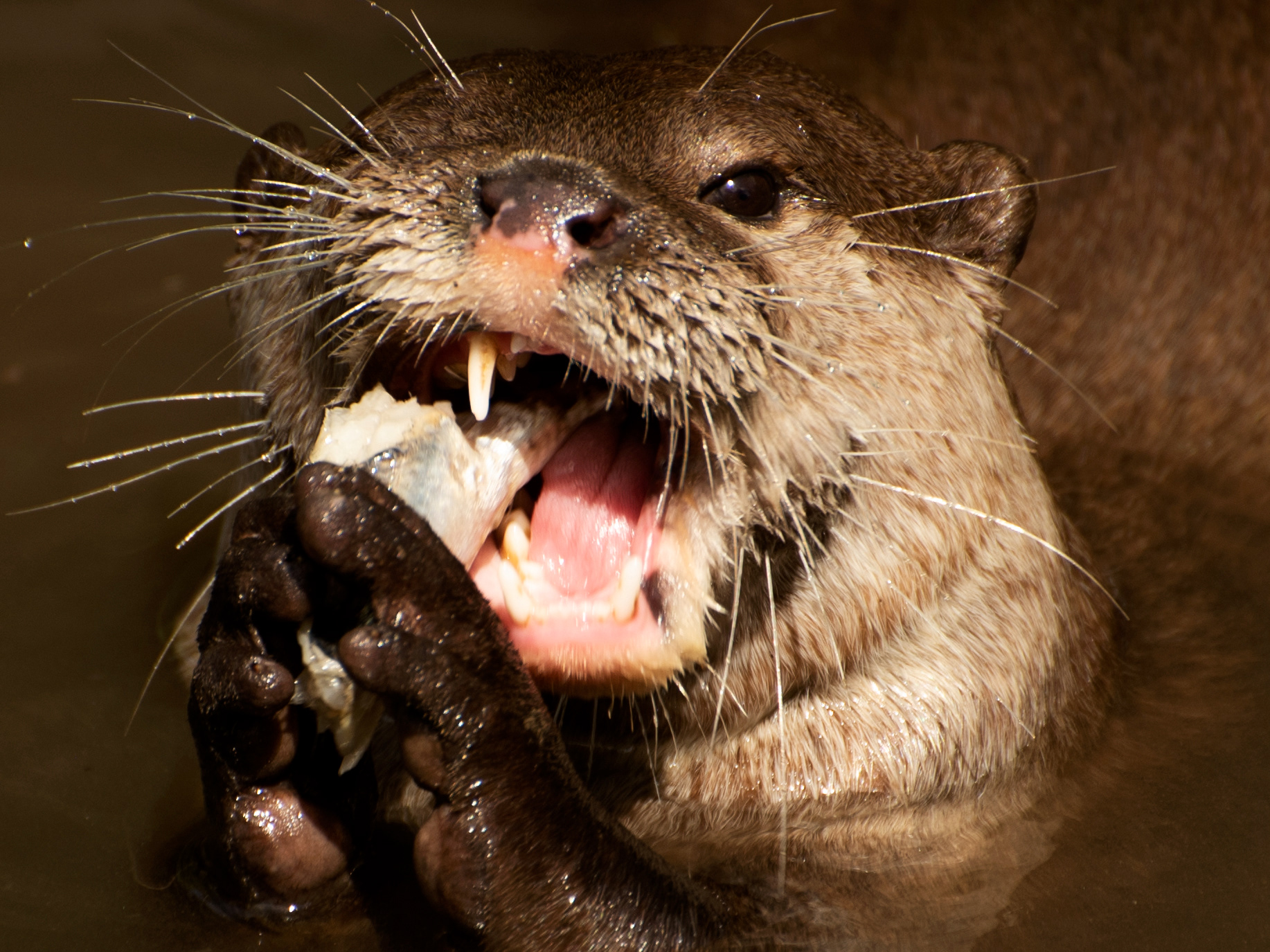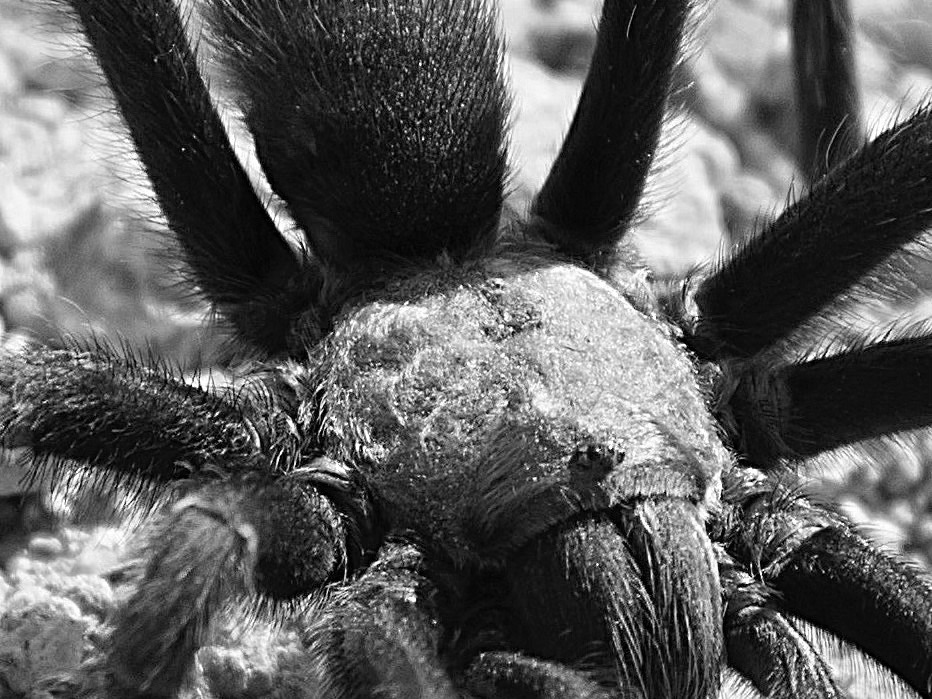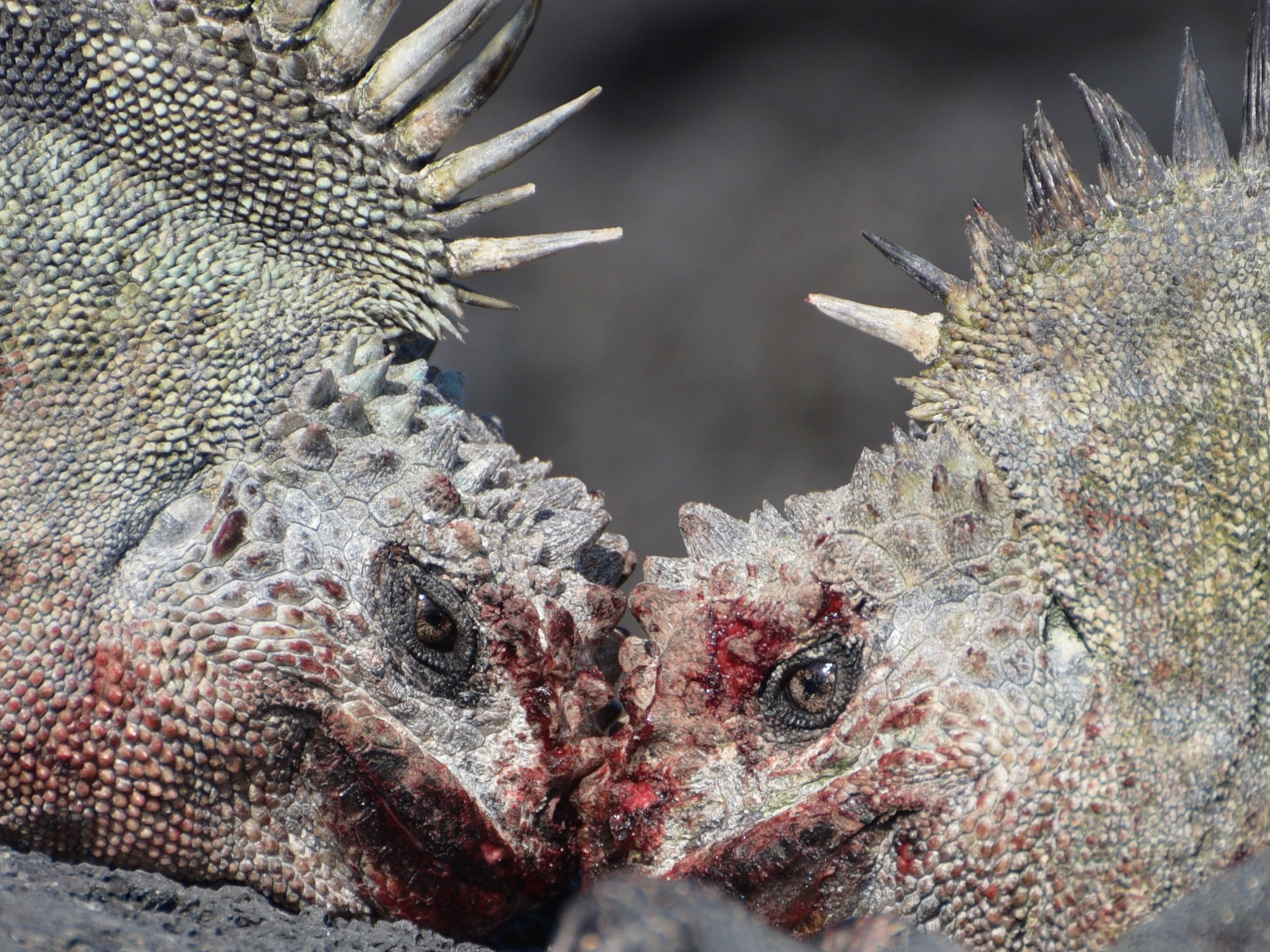Common Name: fern
Scientific Name: Polypodiophyta
Plant Facts
Ferns (Polypodiophyta) are vascular plants that have specialized tissues that carry nutrients and water. Unlike flowering plants, they do not use seeds or flowers to reproduce and instead use tiny spores or asexual reproduction. Ferns are often perceived as being specialists in harsh habitats as they can flourish in areas where the growth of flowering plants is inhibited. This success is often attributed to the fern’s associations with mycorrhizal fungi. Due to their abundance in forests, ferns house a wide variety of invertebrates and are also vital to the survival of vertebrates who often feed on their spores. Interestingly, paleontological evidence reveals that the fern genus, Claytosmunda, has remained evolutionarily unchanged for 180 million years!
Interaction with Humans
More than 40 scientists globally discovered that a tiny fern species, Azolla filliculoides, has been cooling the Earth for more than 50 million years by trapping carbon dioxide and nitrogen from the atmosphere. Consequently, this fingernail-sized fern may play a vital role in reversing the effects of climate change! Researchers, such as those at Cornell University’s Boyce Thompson Institute, also found that Azolla is insect resistant. This may revolutionize the agricultural industry by reducing the need for added nitrogen fertilizers. Additionally, ferns are used for food, medicine, restoring damaged soil, and as ornamental plants. They are also present in Slavic and Finnish folklore, where ferns are believed to bloom once a year. In Slavic folklore, if a fern flower is seen by someone, then this will guarantee happiness and wealth for the rest of their life. In Finnish folklore, it is believed that if one possesses the seed of a fern in bloom, then this will reveal the location of hidden treasure. In parts of the United States, ferns are believed to possess magical abilities and are tossed into fire to exorcise evil spirits.
Sources
• Cunningham, Scott. (1999). Cunningham's Encyclopedia of Magical Herbs. St. Paul, Minnesota: Llewellyn. 102p.
• E360 Digest. (July 11, 2018). Can A Tiny Fern Help Fight Climate Change and Cut Fertilizer Use? Retrieved from https://e360.yale.edu/digest/can-a-tiny-fern-help-fight-climate-change-and-cut-fertilizer-use-azolla
• Traditional Finnish Midsummer Celebration. Retrieved from http://www.saunalahti.fi/~marian1/gourmet/season5a.htm
• Proffit, Fiona. (2004). Ferns Brimming With Life. Science. https://doi.org/10.1126/article.34537
• May, Lenore W. (1978). The economic uses and associated folklore of ferns and fern allies. The Botanical Review, 44(4), 491–528. https://doi.org/10.1007/BF02860848
• U.S. Forest Service. What Are Ferns? Retrieved from https://www.fs.fed.us/wildflowers/beauty/ferns/what.shtml










